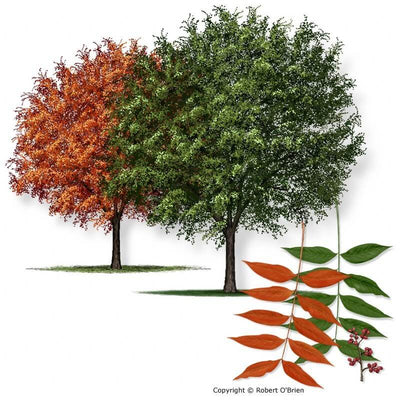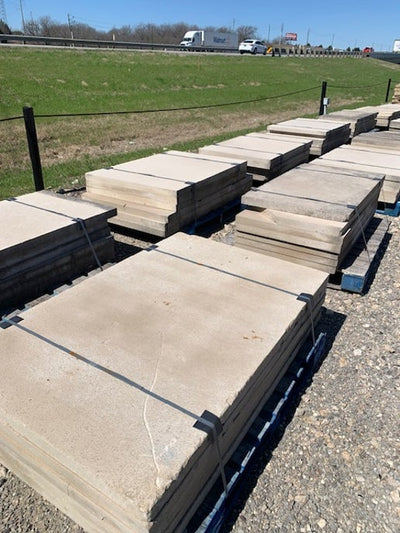Crape Myrtle Catawba
Crape Myrtle Catawba
Description: The 'Catawba' Crape Myrtle is a deciduous shrub or small tree prized for its showy, long-lasting blooms and ornamental bark. It produces large clusters of crinkled, crepe-like flowers in vibrant shades of purple during the summer months. The flowers are highly attractive to pollinators, such as bees and butterflies. 'Catawba' Crape Myrtles also feature glossy, dark green leaves that turn shades of orange, red, and yellow in the fall, providing additional seasonal interest. As the tree matures, its bark exfoliates to reveal patches of smooth, cinnamon-colored bark underneath.
Size: 'Catawba' Crape Myrtles typically grow to a height of 10 to 15 feet (3 to 4.6 meters) with a spread of 8 to 12 feet (2.4 to 3.7 meters) at maturity. However, individual plants may vary in size depending on growing conditions, climate, and pruning practices. 'Catawba' Crape Myrtles have a rounded to vase-shaped growth habit with multiple stems emerging from the base. They can be pruned to maintain a more compact size or encouraged to grow taller for use as a specimen plant or small tree.
Best Growing Zones: 'Catawba' Crape Myrtles thrive in regions with warm, temperate climates and are commonly grown in USDA hardiness zones 7 through 9. They prefer areas with mild winters and long, hot summers, although they can also tolerate a range of conditions. 'Catawba' Crape Myrtles are relatively drought tolerant once established and can withstand periods of dry weather. In cooler climates, they may benefit from winter protection such as mulching or covering.
Soil and Sun Requirements: 'Catawba' Crape Myrtles prefer well-drained soil with good fertility and adequate moisture retention. They thrive in full sun exposure, receiving at least 6 to 8 hours of direct sunlight per day. Adequate sunlight is essential for promoting vigorous growth and flowering. 'Catawba' Crape Myrtles are relatively tolerant of a variety of soil types, including sandy, loamy, or clay soils, as long as they are well-drained.
Maintenance: 'Catawba' Crape Myrtles are relatively low-maintenance once established. They require regular watering, especially during dry periods or when grown in containers. Prune Crape Myrtles as needed to remove dead, diseased, or overcrowded branches and to maintain the desired shape and size. Pruning is typically done in late winter or early spring before new growth emerges. 'Catawba' Crape Myrtles may benefit from an annual application of balanced fertilizer in early spring to provide essential nutrients for healthy growth and flowering.








